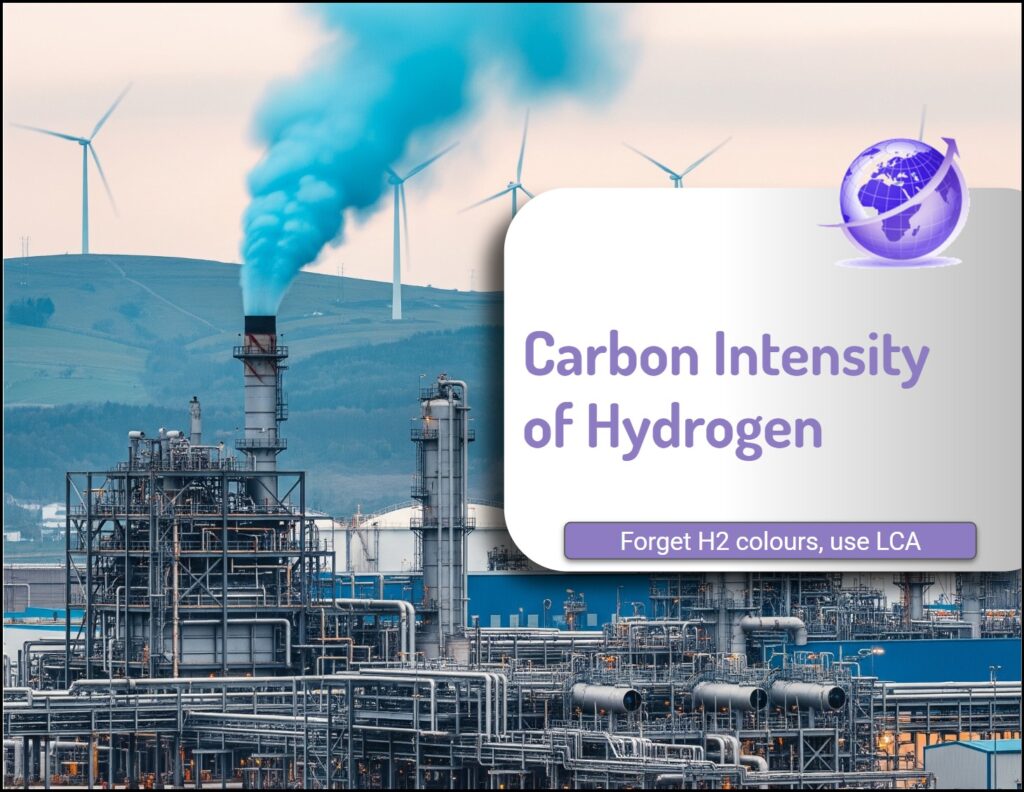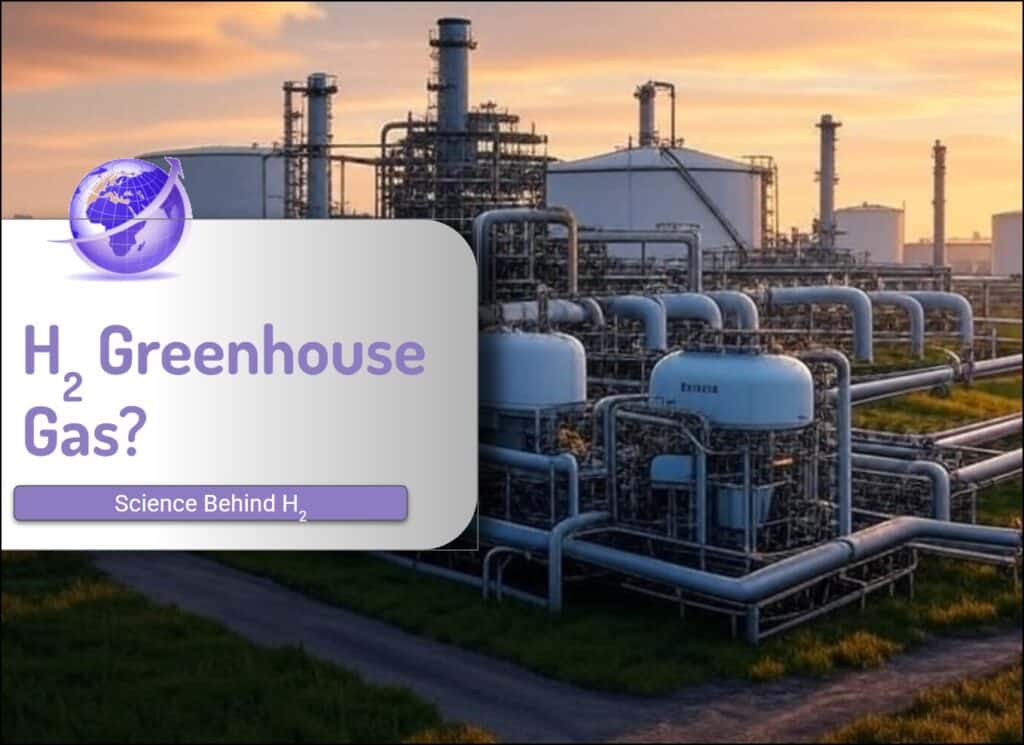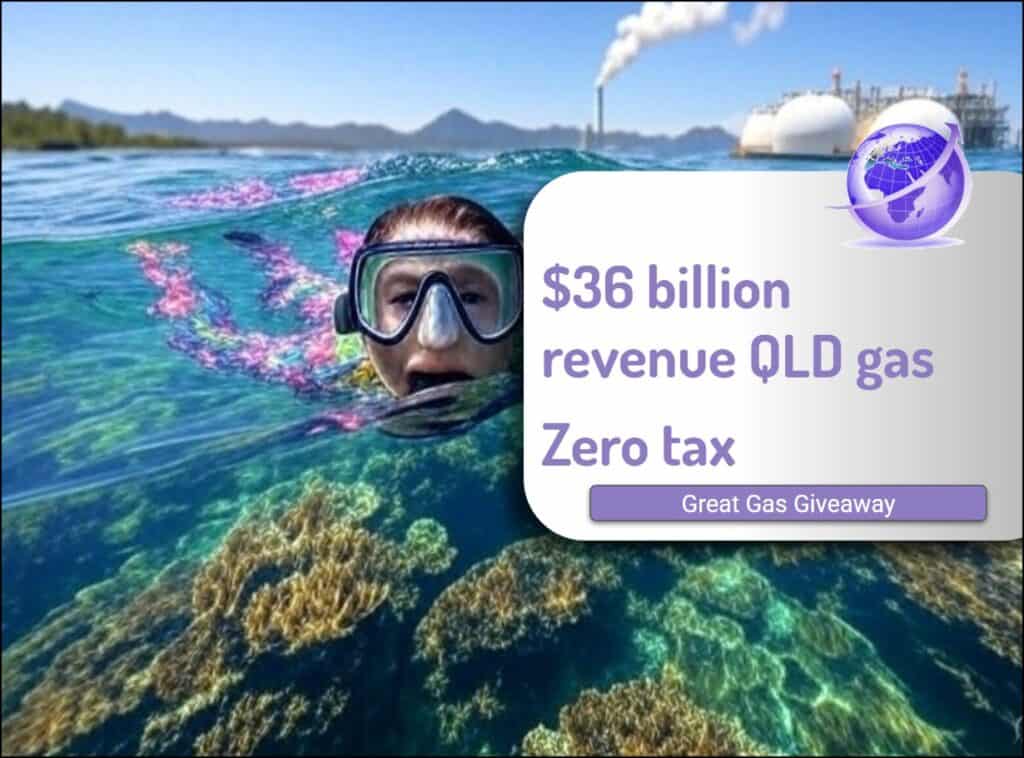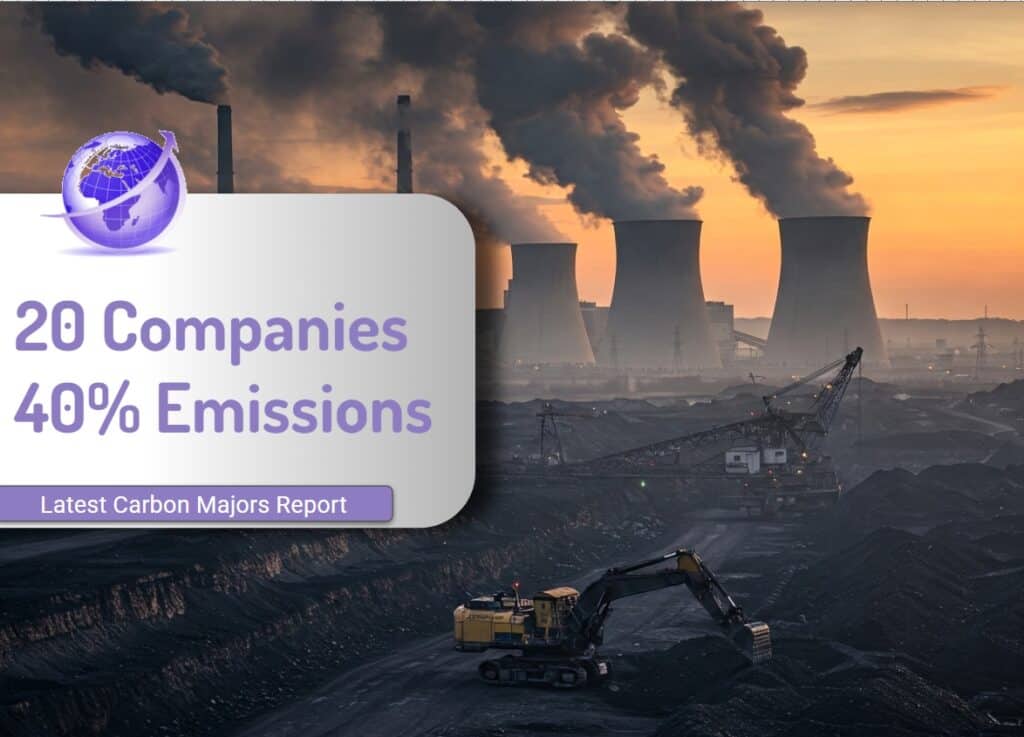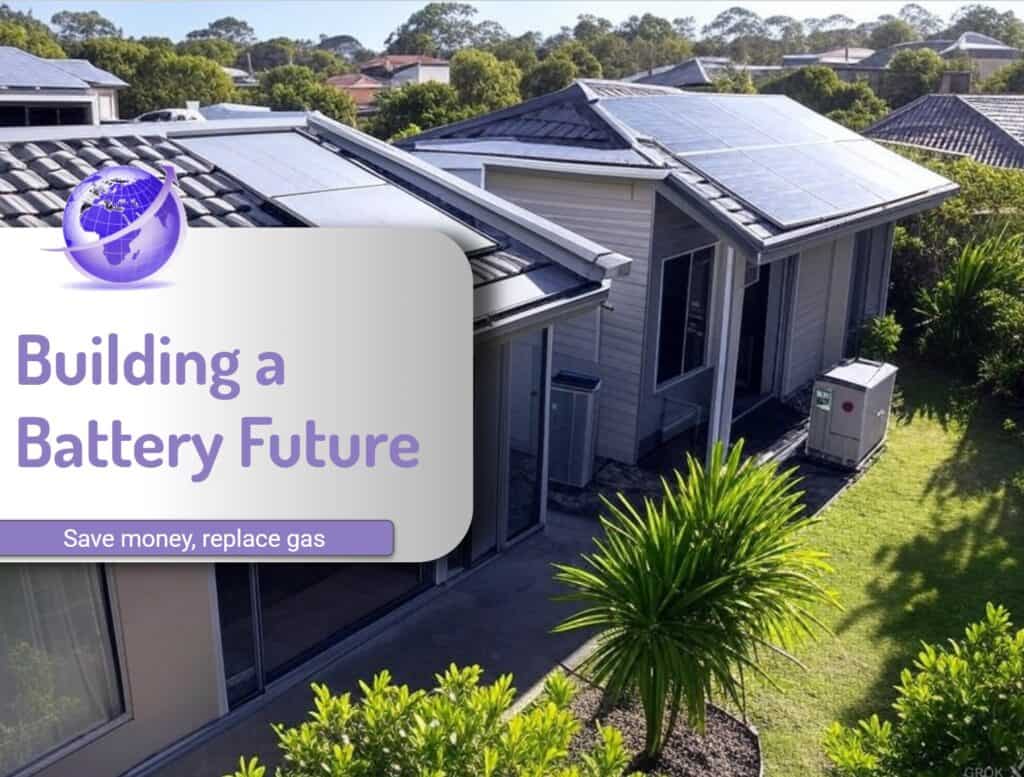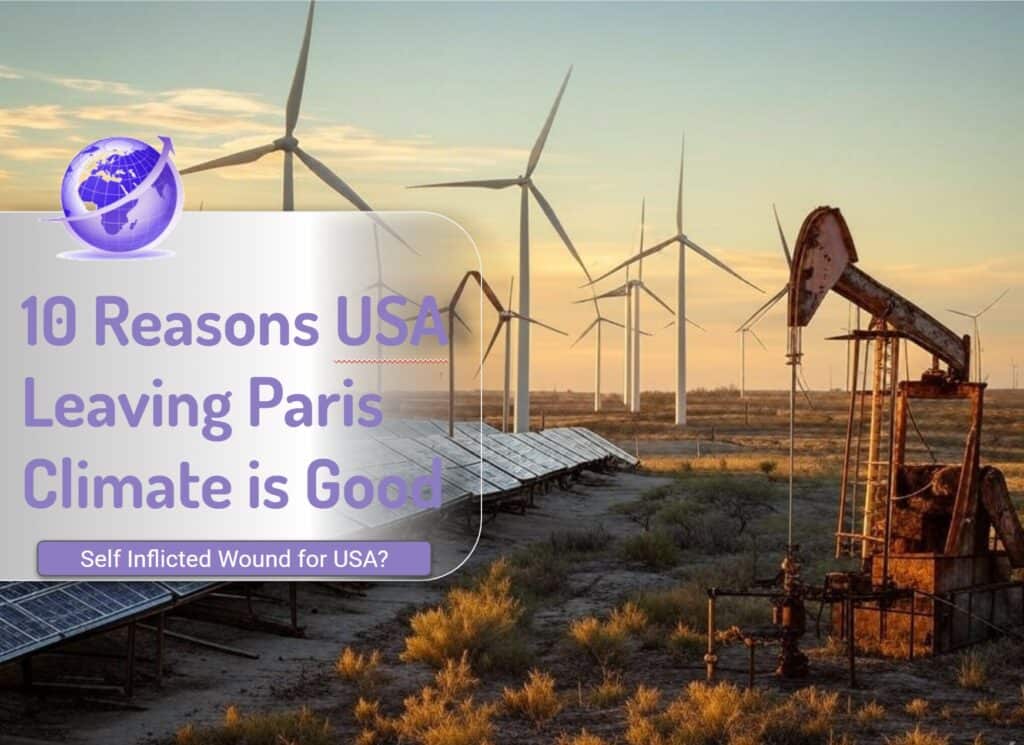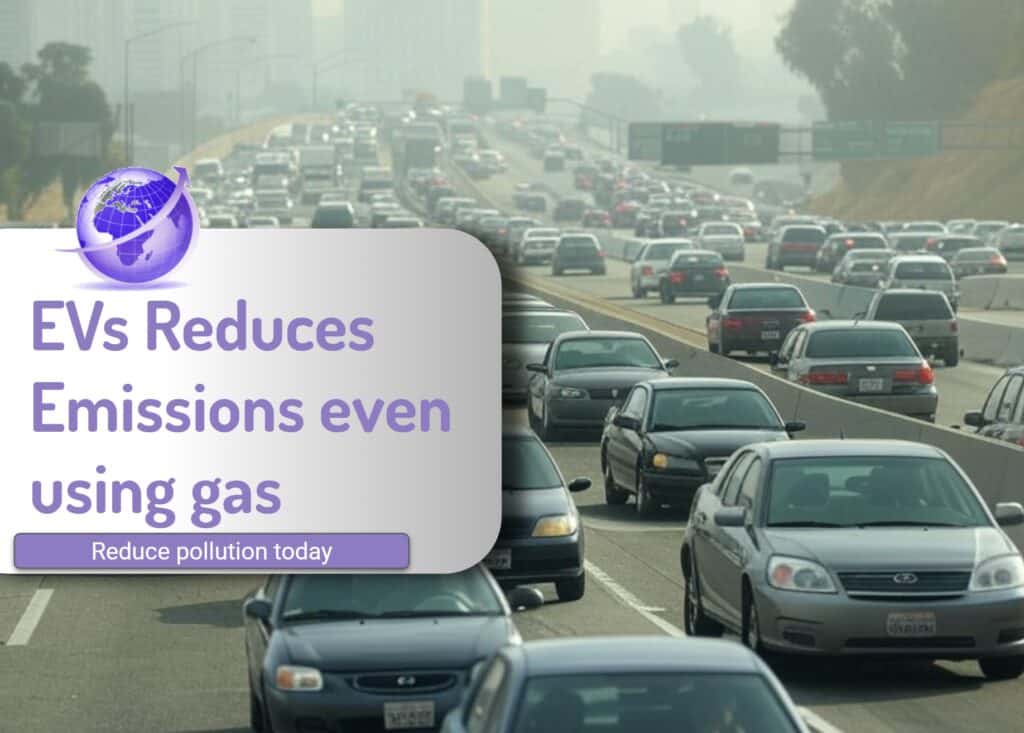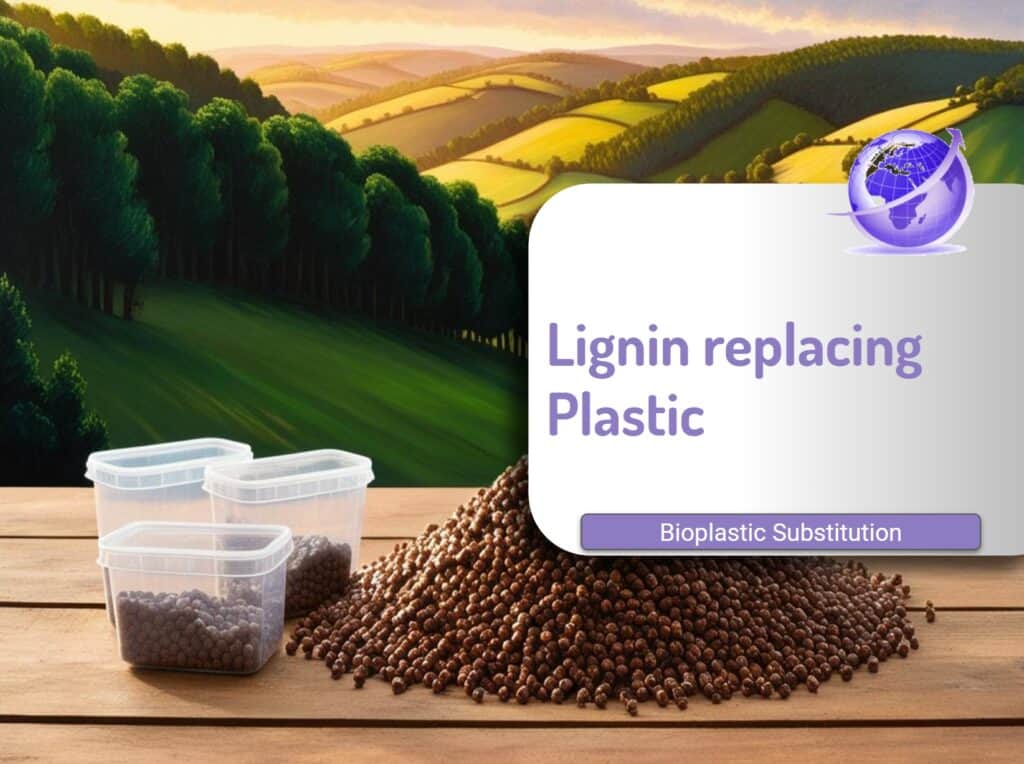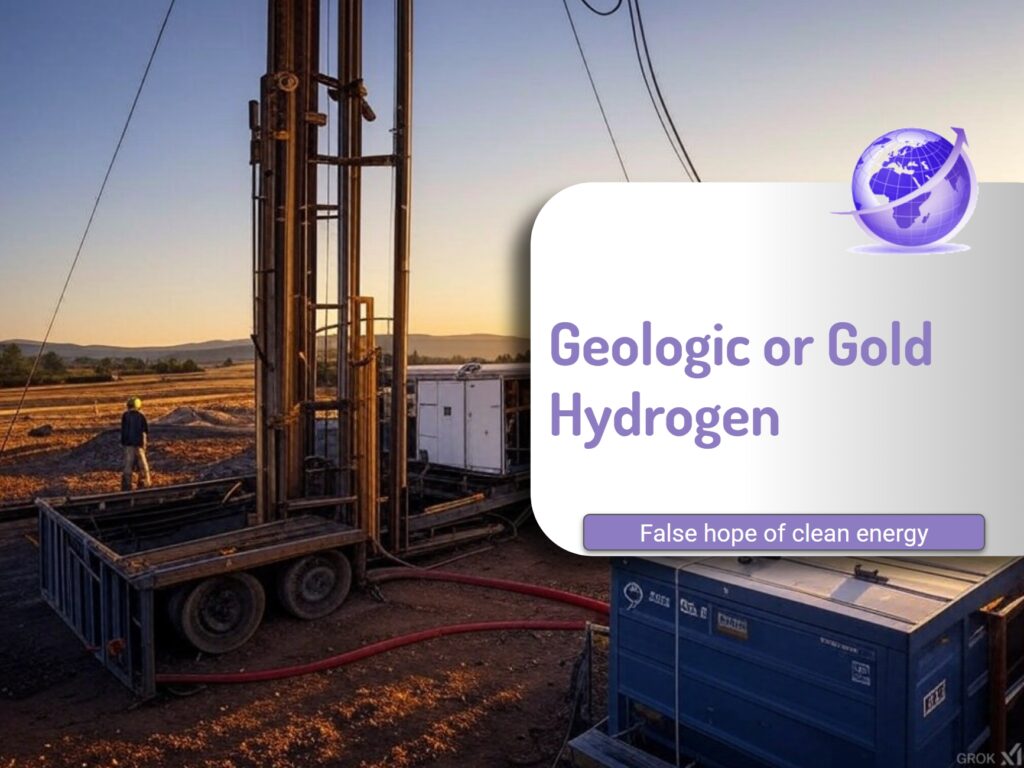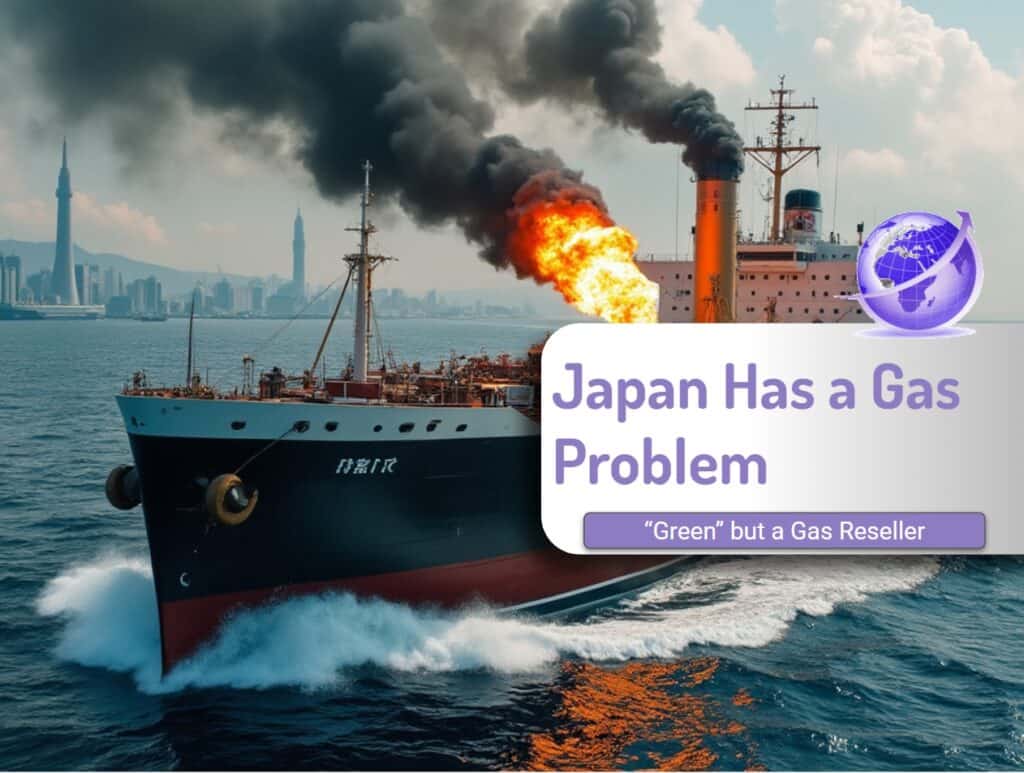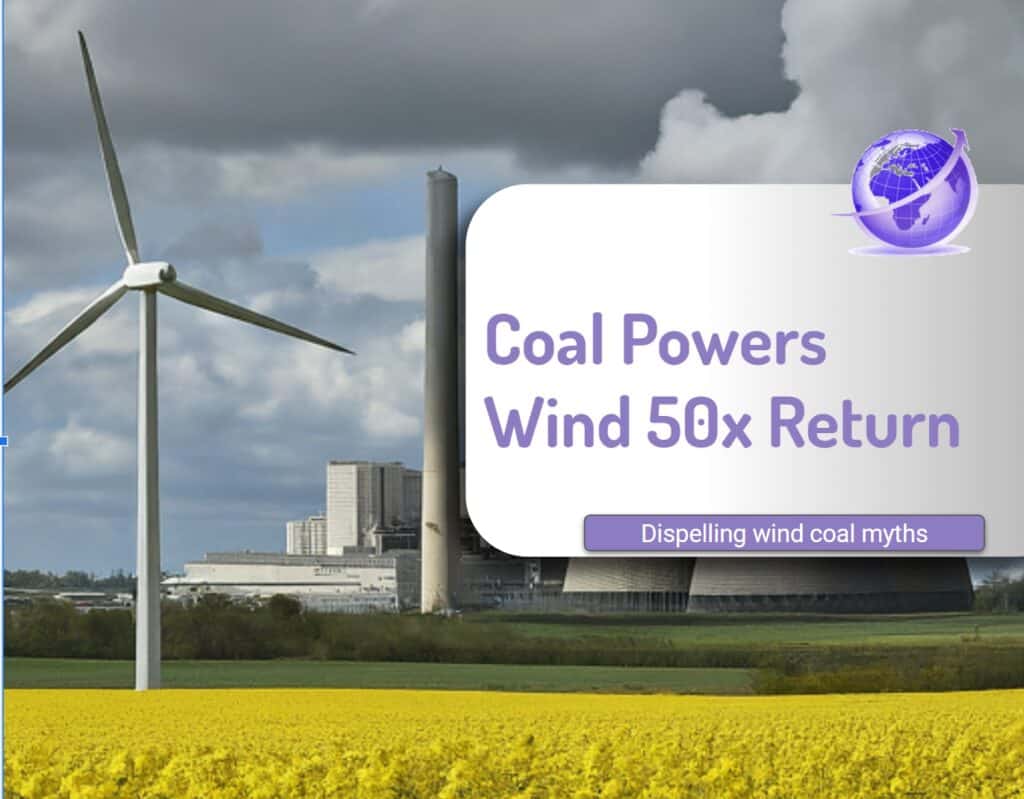Carbon Intensity of Hydrogen
Green hydrogen may not be green. Blue hydrogen may be worse than other hydrogen colours if the methane gas has leaks. Depending on the source of methane, electricity the climate change emissions of hydrogen varies by source, electrolyser efficiency, carbon capture and storage efficiency. The life cycle analysis needs to be done on all hydrogen projects to see how they can reduce carbon emissions.
Carbon Intensity of Hydrogen Read More »

